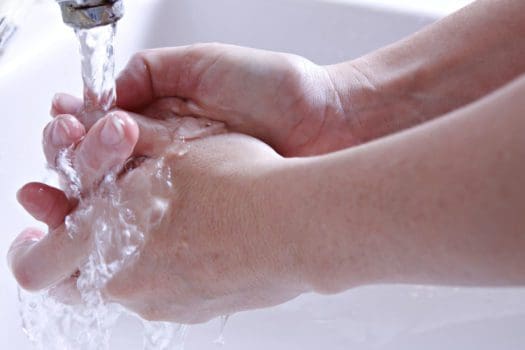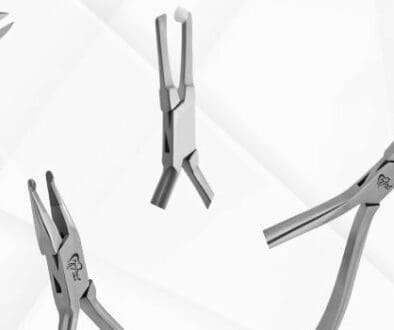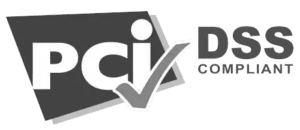Is Your Practice Up-to-Date on the Latest CDC Guidelines?

Imagine this scenario: It’s flu season, and several of your dental patients are scheduled for their regular cleanings and checkups. You can hear your patients coughing and sneezing in the waiting room. Do you have tissues and hand sanitizer readily available for them? Do you have notices explaining the proper etiquette for covering their cough and how to properly wash hands?
If you don’t have these materials in place, your practice isn’t up-to-date with the latest CDC guidelines.
The Centers for Disease Control has updated their Basic Expectations for Safe Care Handbook. The handbook, started in 2003, outlines the best infection prevention principles for dental offices, providing a convenient “one-stop guide.” This first-of-its-kind checklist makes it easier for employees to evaluate how well their practice is doing.
While the 2016-2017 update doesn’t replace the earlier versions of the document, it does contain several useful tools that will help your practice ensure you are following all of the latest patient safety guidelines. While basic infection control principles – handwashing, equipment sterilization— remain the same, the CDC guide evaluates current practices in light of new technologies and materials.
According to the American Dental Association, some of the guide’s new elements include:
- An emphasis on establishing an infection control coordinator
- Extensive summary of basic infection prevention principles
- A thorough checklist you can use to be sure your practice is following CDC recommendations
- Key references and resources for every aspect of infection prevention
What is the role of an infection prevention coordinator?
While every employee is responsible for patient safety, the coordinator develops written infection control polices backed by evidence-based guidelines. These policies are regularly reviewed at least once a year and updated as needed. The coordinator ensures that staff understands proper infection procedures and have the necessary equipment and supplies needed. The coordinator also addresses any questions and provides educational information and resources for employees.
Important Dental Safety Checklist
The new checklist in the 2016-2017 guide makes it much easier for practices to evaluate themselves.
The checklist focuses on the following areas:
- Hand hygiene
- Personal protective equipment
- Cough/ hygiene etiquette
- Sharps safety
- Safe injection practices
- Equipment sterilization
- Water quality
The Importance of Following CDC Guidelines
Thankfully, the transmission of blood borne diseases in dental practices is not common. However, in instances where it does happen, the cause can be traced to a failure to follow the CDC recommendations. Studies have also shown that it is important for those not directly involved in patient care to understand and follow the guidelines.
It’s also vital to understand that the internal workings of hand pieces and other oral instruments can become contaminated. Therefore, they should be removed from the air and waterlines, cleaned and heat-sterilized between patients.
Need to know more? You can download a PDF of the CDC’s comprehensive checklist on their website.
How Diatech Works with Your Dental & Orthodontic Practice
We provide the highest-quality cleaning solutions that meet even the most stringent government requirements, so you can always be assured that Diatech quality will give your practice a leading edge.
At Diatech, we manufacture superior and innovative products for the dental industry… for the dentist, dental hygienist, dental assistant, orthodontist, endodontist and lab technician. We stand behind our promise of uncompromised quality and the best in competitive pricing.
Sources:
American Dental Association. “Infection Control Resources.” Online.
Centers for Disease Control and Prevention. Summary of Infection Prevention Practices in Dental Settings: Basic Expectations for Safe Care. Atlanta, GA: Centers for Disease Control and Prevention, US Dept of Health and Human Services; October 2016.
Transmission of blood-borne pathogens in US dental health care settings 2016 Update Jennifer L. Cleveland, DDS, MPH; Shellie Kolavic Gray, DMD, MPH; Jennifer A. Harte, DDS, MS; Valerie A. Robison, DDS, MPH, PhD; Anne C. Moorman, BSN, MPH; Barbara F. Gooch, DMD, MPH JADA





